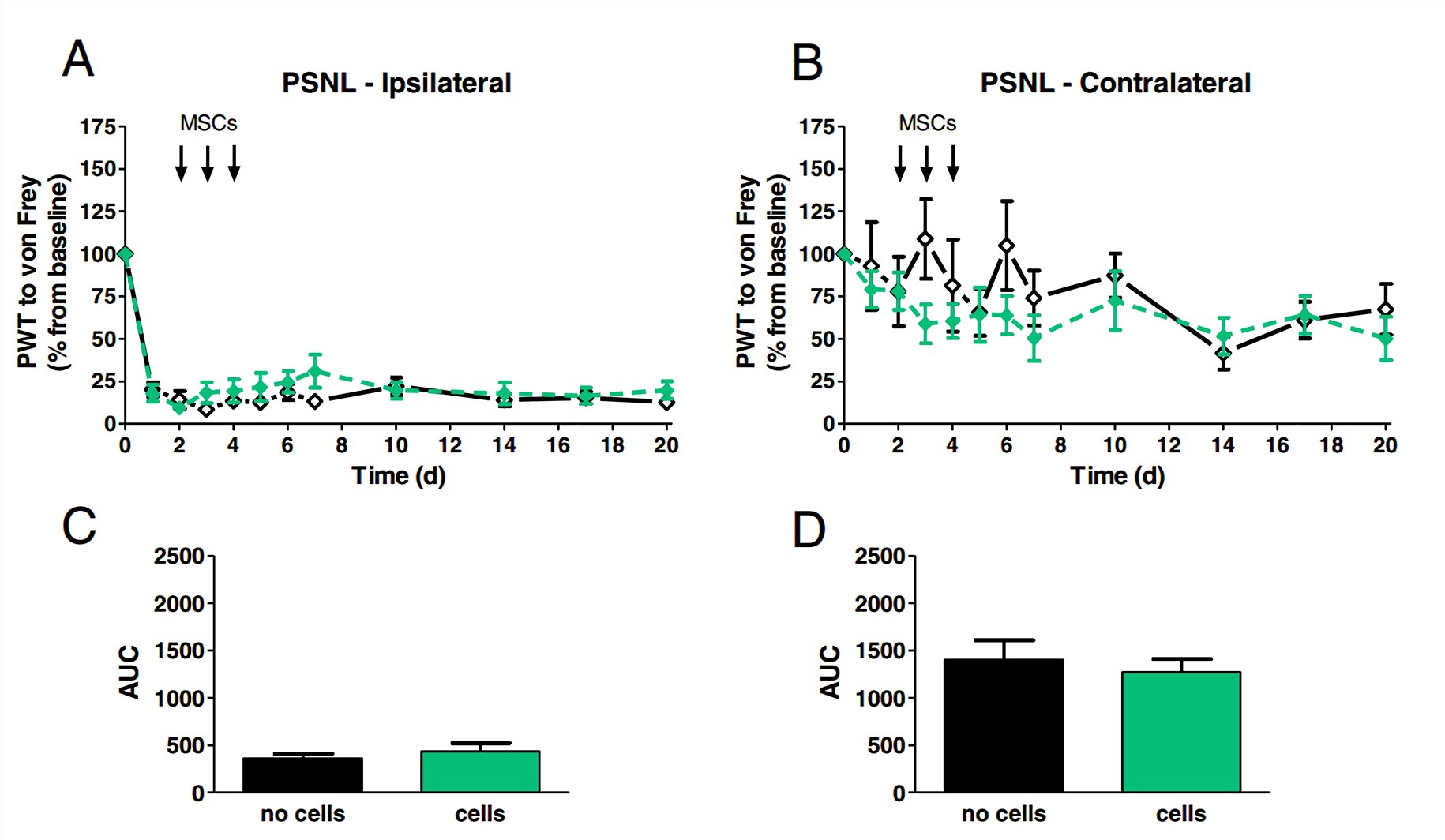Partial Sciatic Nerve Ligation (PSL) Modeling & Pharmacodynamics Service
Chronic neuropathic pain is a common and widely recognized pain syndrome for patients and difficult to manage for physicians. To evaluate the neuroprotective effect or the analgesic effect of potential drugs, Creative Biolabs conducts contract studies in a partial sciatic ligation (PSL) model. The partial sciatic nerve ligation surgery produces significant damage to myelinated fibers and disruption with loss of unmyelinated axons which results in the appearance of abnormal sensory sign such as allodynia and hyperalgesia which resembles the symptoms that are produced in humans.
Introduction of PSL Rat Model
The PSL rat model was developed by Seltzer et al. and is one of the most frequently employed models of neuropathy. Because partial nerve injury is the main cause of causalgiform pain disorders in humans, the PSL model simulates this condition. PSL surgery is performed according to the methods described by Seltzer. Briefly, the left hind leg of rat is shaved and dissection is made to expose the sciatic nerve at the upper-thigh level. The dorsal one-third to half of the sciatic nerve is tightly ligated with an 8-0 silk suture just distal to the point at which posterior biceps semitendinosus nerve branches off. Within a few hours after the operation, and for several months thereafter, the rats develop guarding behavior of the ipsilateral hind paw and lick it often, suggesting spontaneous pain. Moreover, the behavioral alterations like cold allodynia, chemical hyper-reactivity, and mechanical hyperalgesia can be observed within 1 week after the surgery and most of the changes persist for 6 weeks.
Features of PSL Rat Model
- Like the CCI model, the PSL model also involves a partial denervation of the sciatic nerve, but the effect is equal for axons of all sizes.
- PSL model represents sympathetically independent pain (SIP) in first-week post-operation. However, it transforms to sympathetic dependent pain in later weeks.
- Because of the immediate onset and long-lasting continuation of touch-evoked allodynia and hyperalgesia (parallel to the pain in humans with causalgia), it has been suggested that PSL model is a good animal model for causalgiform pain syndromes.
 Fig. 1 Effect of intrathecally injected mesenchymal stem cells on mechanical hypersensitivity after partial sciatic nerve ligation. Paw withdrawal thresholds (PWT) of the ipsilateral (A) or contralateral (B) hindpaws. Area under the curve (AUC) analysis of the corresponding graphs (C, D). (Schäfer et al. 2014)1, 2
Fig. 1 Effect of intrathecally injected mesenchymal stem cells on mechanical hypersensitivity after partial sciatic nerve ligation. Paw withdrawal thresholds (PWT) of the ipsilateral (A) or contralateral (B) hindpaws. Area under the curve (AUC) analysis of the corresponding graphs (C, D). (Schäfer et al. 2014)1, 2
Assessments
Creative Biolabs utilizes many behavioral assays to quantify the resulting neuropathic pain symptoms. These include the paw-flick test or the Hargreaves test for assessment of heat-hyperalgesia, the pin-prick test for mechano-hyperalgesia assessment, von Frey fibers for assessment of mechano-allodynia, and the acetone drop test for the cold allodynia assessment. Cognitive tests such as Morris water maze can be conducted as well. Briefly, Creative Biolabs provides assessments including but not limited to:
- Heat hyperalgesia (paw-flick test)
- Mechanical hyperalgesia (Randall-Selitto paw pressure test; Pin Prick test)
- Radiant heat test (Hargreaves test)
- Thermal hyperalgesia
- Mechano-tactile allodynia (Von Frey fiber test)
- Cold allodynia (the acetone test)
- Motor nerve conduction velocity (MNCV)
- Behavioral tests for motor function
- Behavioral tests for cognitive function
- Immunohistochemistry and histology
Meantime, Creative Biolabs offers other pain models to study different pain-related conditions and to evaluate the analgesic activity of novel drugs:
- Carrageenan-Induced Paw Edema
- Adjuvant-Induced Arthritis (AIA) Rodent Model
- Monosodium Iodoacetate (MIA)-Induced Osteoarthritis Model
- Formalin-induced Pain Model
- Streptozotocin (STZ)-Induced Diabetic Neuropathy Model
- Spinal Nerve Ligation (SNL) Rat Model
- Chronic Constriction Injury (CCI) Model
- Vincristine-Induced Neuropathy Model
Creative Biolabs has abundant experience in the efficacy studies for proof-of-concept as well as early screening and profiling of drug candidates using preclinical pharmacological models of neuropathic pain. Our services are responsive to our client's research needs, providing customized protocols and study designs.
Besides, the comprehensive list of rodent neurological disease models is placed below for your review. Please click the links for more detailed description of each model:
For more information please contact us or send us an inquiry below.
References
- Schäfer, S.; et al. Influence of intrathecal delivery of bone marrow-derived mesenchymal stem cells on spinal inflammation and pain hypersensitivity in a rat model of peripheral nerve injury. [J]. Journal of Neuroinflammation. 2014, 11(1):157.
- under Open Access license CC BY 4.0, without modification.
For Research Use Only.
